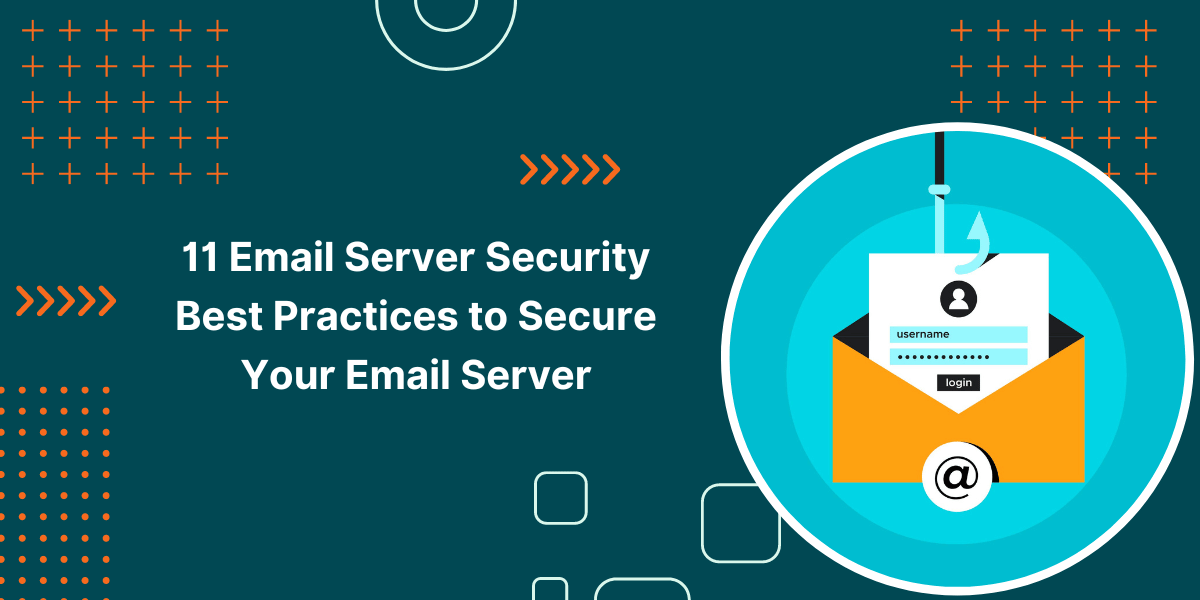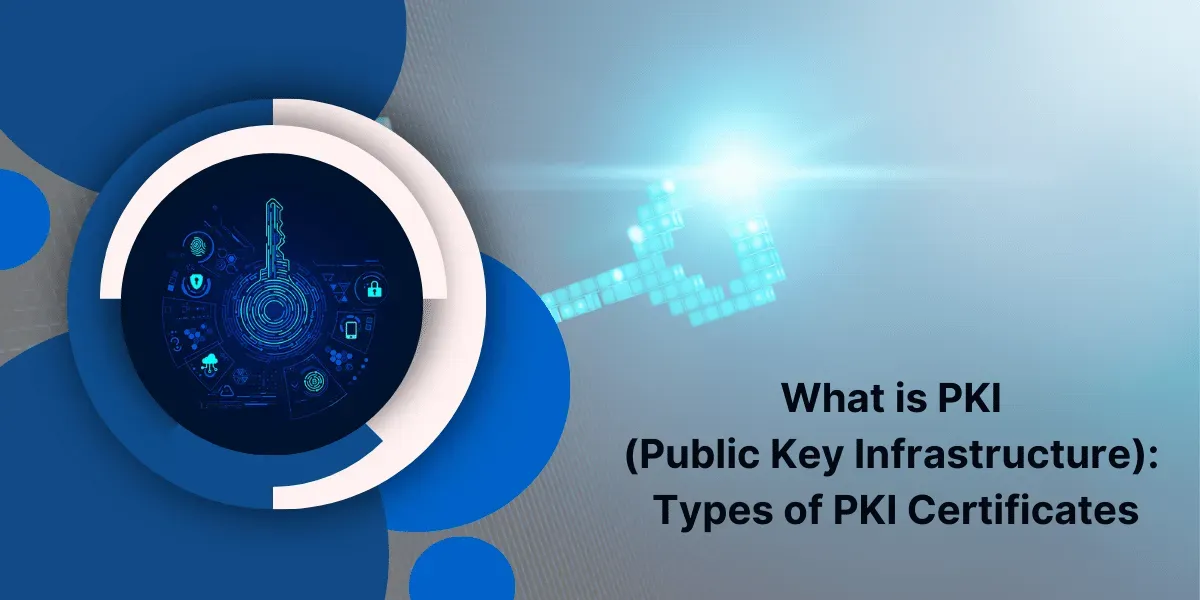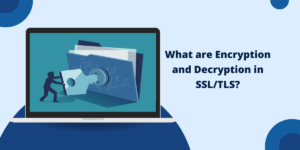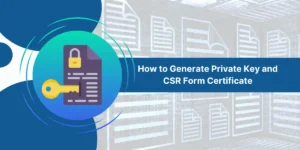Essential Email Server Security Tips to Protect Your System
Email allows rapid communication, information sharing and collaboration across an organization. However, the ubiquity and open nature of email also makes it a prime target for cyber-attacks. Phishing, malware, and spoofing pose serious risks that can lead to stolen credentials, data breaches, regulatory violations and reputational damage.
With the average cost of a data breach now reaching $4.35 million, organizations cannot ignore email security. Fortunately, by building layered defenses and following security best practices, companies can dramatically reduce their exposure. Securing email should involve preventative measures, ongoing monitoring, incident response plans and end user education.
This article outlines 11 critical steps for locking down an email server and protecting against email-based threats. These email server security best practices together form a robust email security program that limits risk while still enabling business productivity.
Key Takeaways:
- Email security should be a top priority due to the risks posed by phishing, malware, spoofing and more.
- Implementing proper authentication mechanisms, encryption and access controls are foundational protections.
- Regular patching, backups and audit logging enable monitoring, detection and incident response.
- Security awareness training helps users recognize threats like phishing emails.
- Additional measures like spam filters, DKIM and DMARC prevent against specific attacks.
- Policies should be established for appropriate email use and data retention.
- Encryption both in transit and at rest should be enabled wherever possible.
- Limiting unnecessary access to email servers reduces the attack surface area.
- Regular penetration testing identifies configuration weaknesses before attackers do.
- Email security requires constant vigilance as new threats are always emerging.
11 Best Email Server Security Best Practices
- Require and Enforce Strong Authentication
- Encrypt Email End-to-End
- Harden Email Server Configurations
- Implement Access Controls and Logging
- Train Users on Security Awareness
- Deploy Additional Layers of Protection
- Have an Incident Response Plan
- Perform Proactive Assessments
- Secure Mobile and Webmail Access
- Backup Critical Email Data
- Establish Email Usage Policies
1. Require and Enforce Strong Authentication
The first line of defense for an email system is strong authentication. Requiring robust passwords or multifactor authentication prevents unauthorized access to employee accounts. Enforce password complexity requirements and prompt users to change passwords periodically.
Additionally, disable or carefully monitor SMTP authentication to prevent compromised accounts from being abused to send spam or malware. By ensuring only the proper users can access mailboxes, many other threats are mitigated.
2. Encrypt Email End-to-End
Encrypt email in transit and at rest to prevent interception or unauthorized access to messages. For email transmission, enable STARTTLS for transported layer security between mail servers. This encrypts connections so emails can’t be eavesdropped on while being routed.
Take encryption further by utilizing S/MIME for end-to-end message encryption. This secures email content from sender to recipient. For emails at rest, enable database encryption so stored messages remain protected if database files are compromised.
3. Harden Email Server Configurations
Hardening the configurations of email servers closes security gaps that attackers could exploit.
Here are key steps:
- Disable unnecessary services & ports – Only enable what is strictly required for email functionality.
- Patch frequently – Apply latest security updates to email software like Exchange or Postfix.
- Restrict access – Only allow administrator access from designated IP ranges.
- Disable relaying – Block the ability to relay or spoof unauthenticated emails.
- Require TLS – Require transport layer security for server-to-server SMTP connections.
4. Implement Access Controls and Logging
Limit access to email systems using role-based access controls, permissions, and IP allowlisting. This reduces exposure in the event of compromised credentials.
Additionally, implement robust logging of mailbox and administrator access, sent/received emails, SMTP connections and more. Logs enable real-time monitoring and forensic analysis if an incident occurs. Forward logs into a SIEM for automated alerting on suspicious activity.
5. Train Users on Security Awareness
With sophisticated phishing and business email compromise scams, users are a primary threat vector. Establish ongoing security awareness and education to train users on:
- Identifying suspicious emails.
- Safely handling personal information.
- Reporting incidents.
- Strong password policies.
Test effectiveness with simulated phishing campaigns. Empowered users are an invaluable defense against targeted attacks.
6. Deploy Additional Layers of Protection
While the above steps handle fundamentals, additional protections can further reduce risk:
- Spam Filters – Filter out obvious spam and phishing emails before they reach users.
- DKIM/DMARC – Authenticate email senders to prevent spoofing and impersonation.
- Sandboxing – Detonate and analyze attachments in a sandbox to catch malware.
- Email Archiving – Archive emails for compliance and eDiscovery purposes.
- Data Loss Prevention – Block inadvertent sensitive data leaks via email.
7. Have an Incident Response Plan
Despite best efforts, email compromises can still occur. Develop and document an incident response plan so that IT teams are ready to respond effectively to email-based breaches. The plan should identify containment strategies, investigation procedures, communication plans and steps to prevent future similar incidents.
Practice responding to hypothetical email breach scenarios to improve readiness. A quick and organized incident response minimizes damage from attacks.
8. Perform Proactive Assessments
Routinely test email security measures through audits and penetration testing. Red team exercises simulate real-world attacks to uncover vulnerabilities in email systems before malicious actors do.
Internal and third-party audits assess technology configurations and governance processes. Address identified gaps to continually strengthen defenses.
9. Secure Mobile and Webmail Access
With growing workforce mobility, businesses must also secure web and mobile access to email. Strategies include:
- Requiring multifactor authentication when connecting remotely.
- Blocking International Roaming on managed mobile devices.
- Ensuring mobile device encryption is enabled.
- Limiting email attachment access and downloads.
- Providing remote wipe capabilities if a device is lost or stolen.
Proactively address unique mobile security challenges.
10. Backup Critical Email Data
Maintain backups of critical mailboxes and email data. Backups protect against data loss due to malware, storage failures or accidental deletion. Test backups regularly by performing restorations.
Store backups air-gapped from the live network or in an immutable storage location. This guards against ransomware that might encrypt or delete accessible backup files.
11. Establish Email Usage Policies
Finally, document appropriate email usage guidelines. Policies should cover:
- Handling of sensitive, confidential, or proprietary information.
- Restricting large file transfers that could overwhelm the network.
- Proper use of BCC and Reply All.
- Avoiding spam, large attachments or distracting non-work content.
- Data retention and legal compliance requirements.
Educate employees on policy compliance. Enforced policies reduce the chance of human error compromising security.
Conclusion on Email Server Security Best Practices
Email underpins workflows, productivity, and information exchange in every organization. But without proper security, it also enables cyber threats to propagate. By implementing layered defenses and following best practices, companies can lock down their email environment against common attacks.
Securing email requires ongoing vigilance and dedication but reduces significant risk. A proactive, defense-in-depth approach addresses people, processes, and technology. Though no single solution is perfect, these best practices together limit exposure, detect suspicious activity, prevent breaches, and protect an organization’s sensitive data. With email becoming only more critical over time, ensuring its security and integrity is an imperative.
FAQs About Email Server Security Best Practices
What are the most common email security threats organizations face today?
Some of the top email security threats include phishing, business email compromise (BEC) fraud, malware attachments, account takeovers, data leaks, spoofing/impersonation, and denial-of-service attacks. All of these threats can lead to stolen credentials, financial fraud, data breaches, regulatory violations and more.
Is requiring multifactor authentication enough to secure my email system?
While multifactor authentication adds an important layer of security, it alone is insufficient for fully protecting an email system. Measures like access controls, encryption, patching and backups should be used together to establish defense-in-depth. Relying solely on MFA leaves numerous gaps attackers could exploit.
How can I tell if my organization’s email has been compromised?
Signs of a compromised email system can include emails sent from employee accounts but without their knowledge, suspicious SMTP traffic in server logs, bounced or blocked legitimate emails, locked out accounts, anti-virus alerts on systems, unexplained storage spikes and employees receiving reply to messages for emails they did not send.
What is the difference between encryption in transit versus encryption at rest for email?
Encryption in transit protects emails while being routed between servers over networks. This usually entails TLS/SSL connections. Encryption at rest means encrypting stored email content at the database level. It protects messages that have reached their destination mailbox server.
Should I rely on public cloud providers to fully secure my email?
Major cloud email providers like Office 365 and G Suite have built-in security capabilities. However, organizations must still take steps like access controls, encryption, user training, and securing internal email relay servers when using cloud email. Shared responsibility for security still applies.
How often should I conduct security awareness training on email threats for employees?
Most experts recommend basic email security training for employees at least once per year. However, as threats evolve, more frequent refresher training every 6 months is ideal, along with simulated phishing tests to check retention. More training reduces click rates on phishing emails significantly.
What retention and archiving policies should I have for corporate email?
Base email retention policies on applicable legal and compliance obligations. Often, certain types of business, financial and employee emails require several years of retention. Implement features like litigation hold to preserve emails under legal orders. Have provisions for permanently deleting data past retention periods.
Should I use a third-party email security vendor or rely on my email system provider?
Third-party security tools often provide deeper functionality like advanced threat detection and response. But also utilize native protections included with email platforms like Exchange Online Protection and Gmail Advanced Protection. The most effective solution is layered security between external and native tools.
How can I test my email security defenses?
Testing strategies include controlled phishing simulations, external penetration testing, threat intelligence hunting, security control audits and Business Impact Analysis assessments. These will validate security measures and reveal potential gaps in visibility, policy and technology.
Besides my own employees, who else should receive email security awareness training?
If third parties like contractors, partners or vendors have access to your organization’s email system, consider requiring them to undergo basic awareness training. Implementing a security-minded culture across all email users improves resilience against threats.
What are some early warning signs I may be under attack in an email-based breach scenario?
Sudden spikes in bounced emails, abnormal sending patterns, disabled security tools, widespread password reset requests, odd SMTP server connections, antivirus detections on the network and employees reporting odd emails are all potential indicators of an active breach. Quickly investigate any anomalies.



